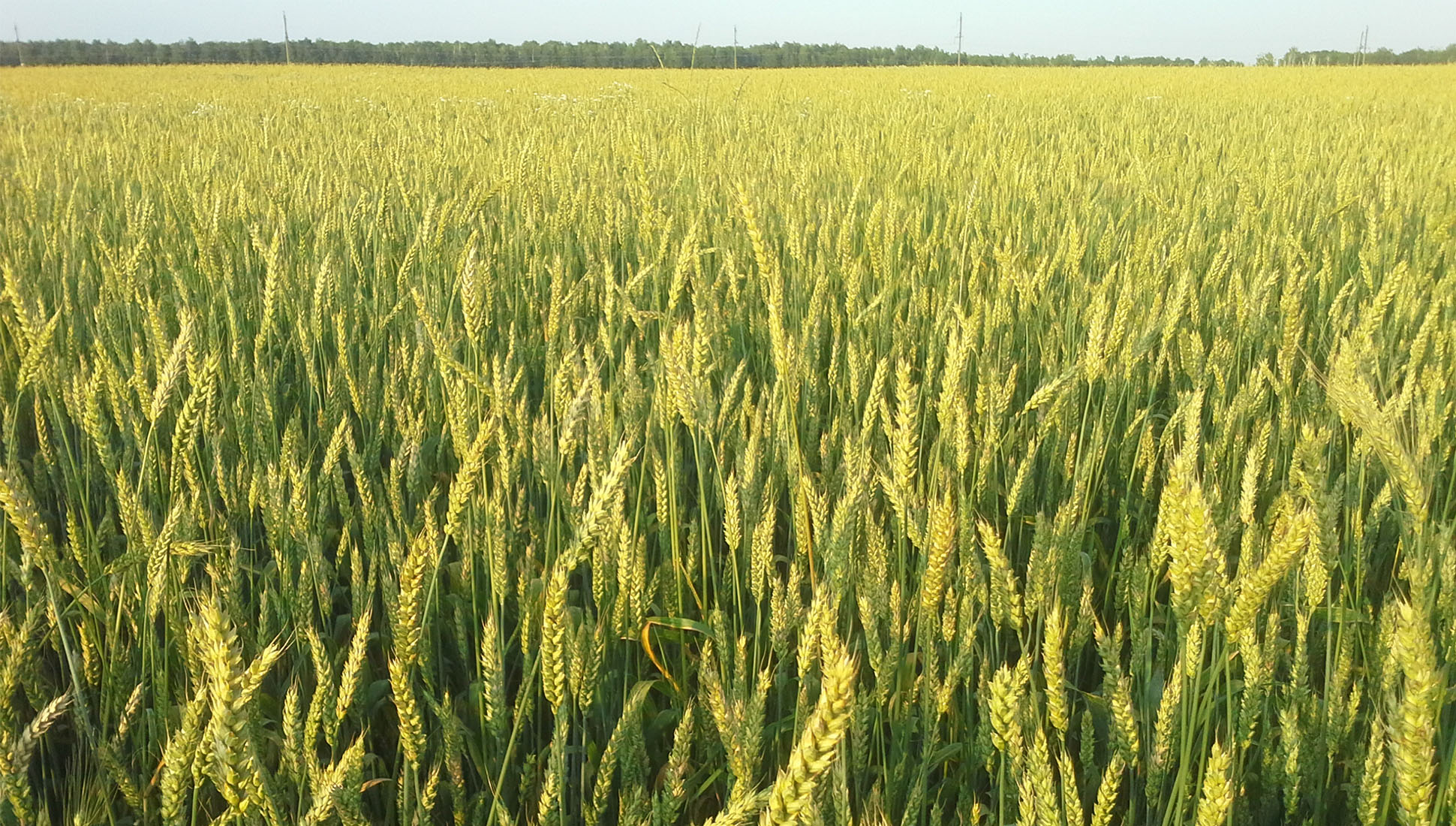
Brazilian researchers have concluded that sowing the crop helps sequester the carbon emissions that contribute to global warming, reports World of NAN.
The research, conducted by the wheat division of the Embrapa Trigo research organization and the Federal University of Santa Maria (UFSM), proved that wheat is able to retain more carbon in the soil than it emits into the atmosphere.
In the global quest to reduce greenhouse gas emissions, wheat is becoming our ally. This was confirmed by scientific work carried out in a grain field in Carazinho, a municipality in the northern region of Rio Grande do Sul.
The idea was to evaluate the differences between emissions and carbon retention in the wheat and soybean production system, quantifying CO2 fluxes in commercial grain crops. The result showed that wheat absorbed a total of 7,540 kg of carbon dioxide (CO2) per hectare from the atmosphere during the production cycle.
In this study, the carbon balance at each stage of grain production after discounting the amount extracted by the grain at harvest showed that wheat retained 5.31 grams of CO2 per square meter per day; soybean, 0.02 g (i.e., virtually zero), and 6.29 g was emitted during the two periods under fallow.
Смотрите больше интересных агроновостей Казахстана на нашем канале telegram,
узнавайте о важных событиях в facebook и подписывайтесь на youtube канал и instagram.



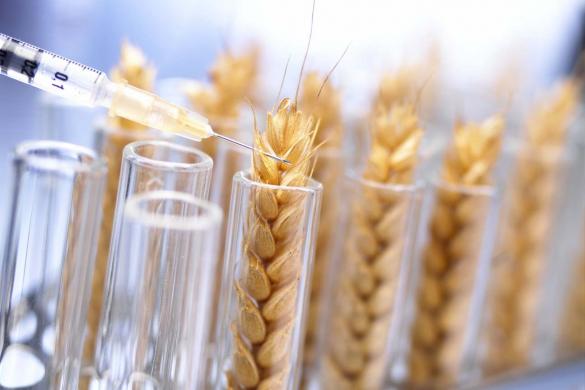
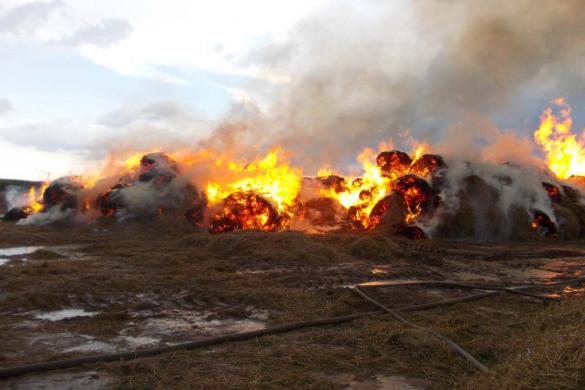
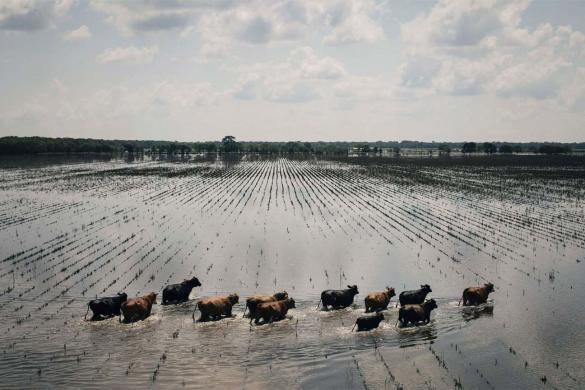
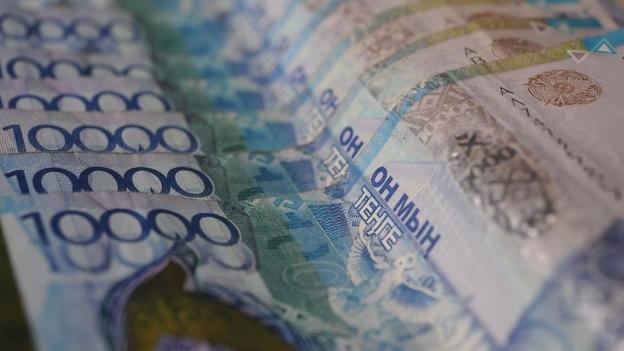











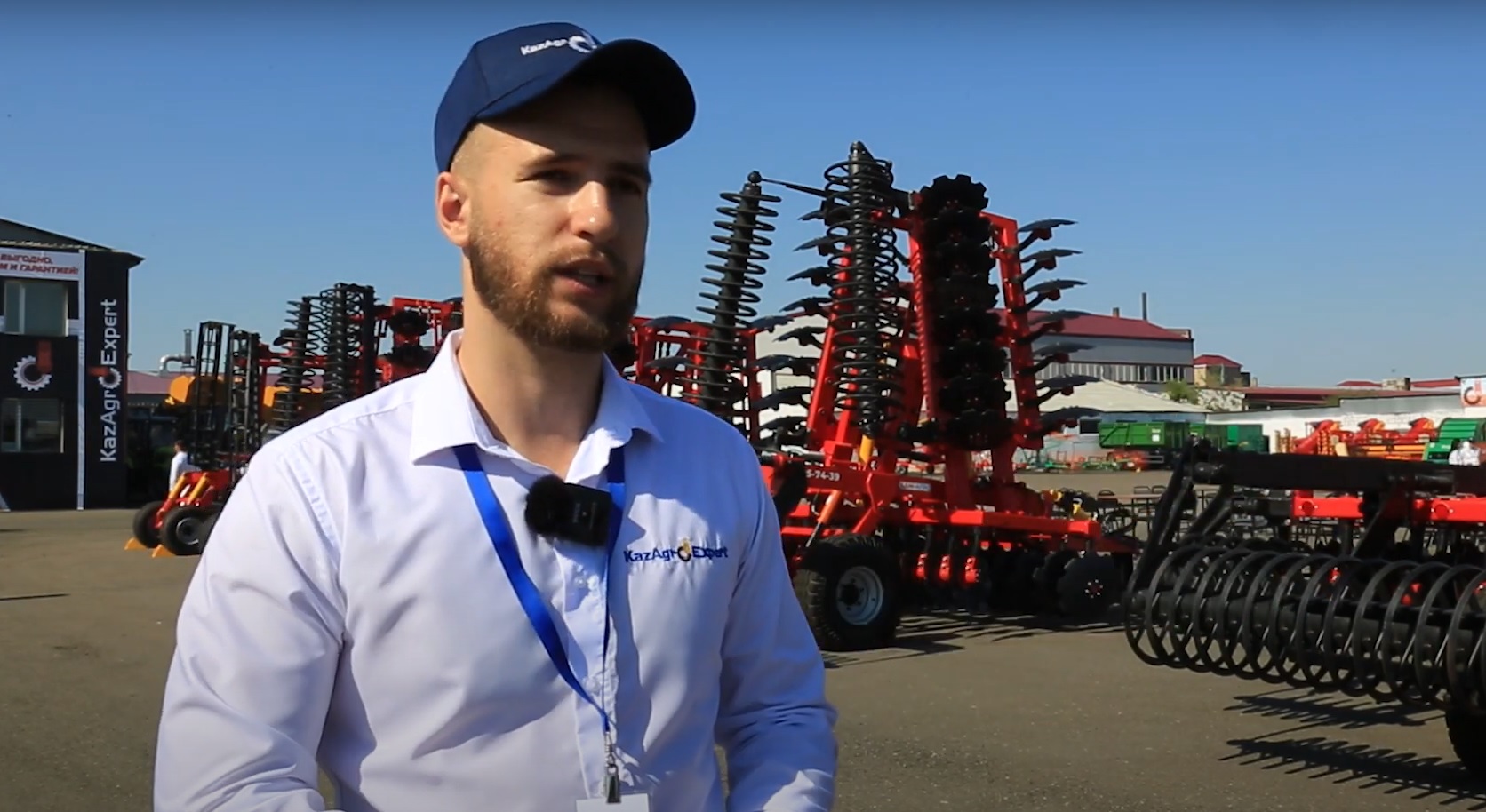


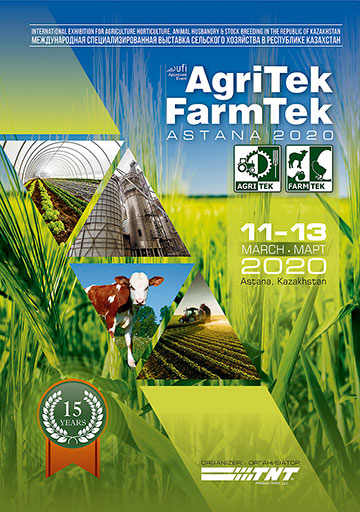




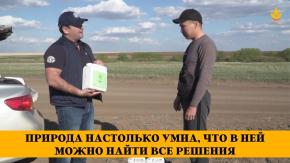





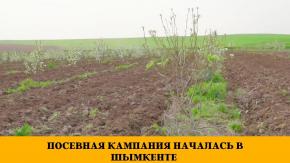








Обсуждение